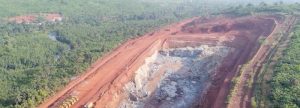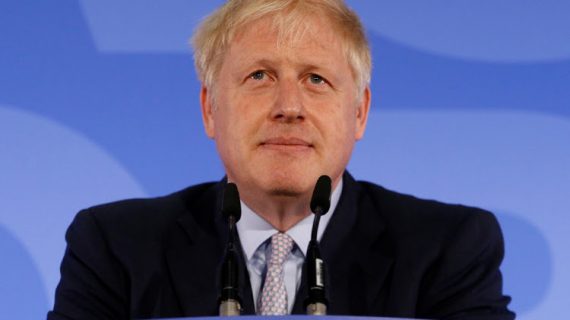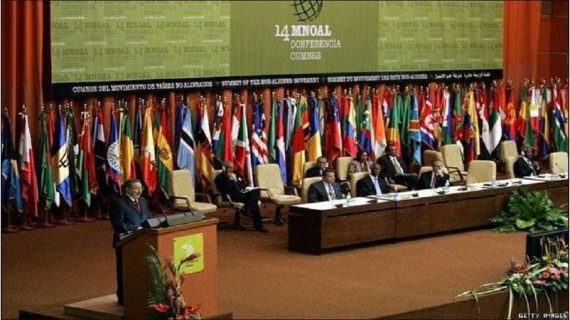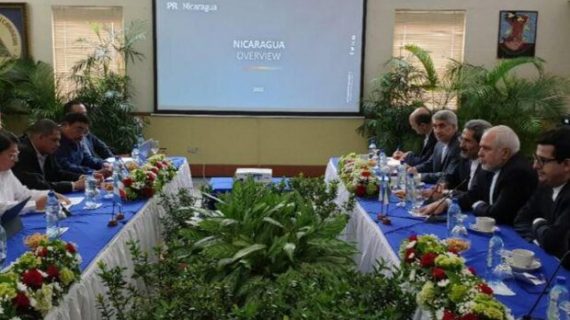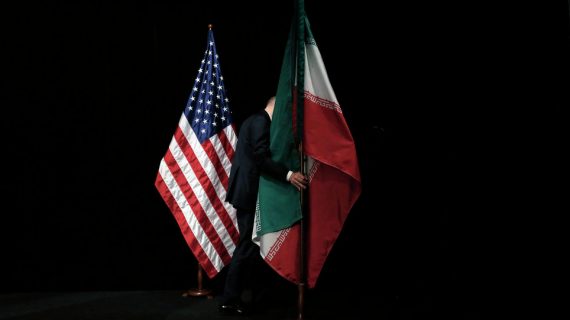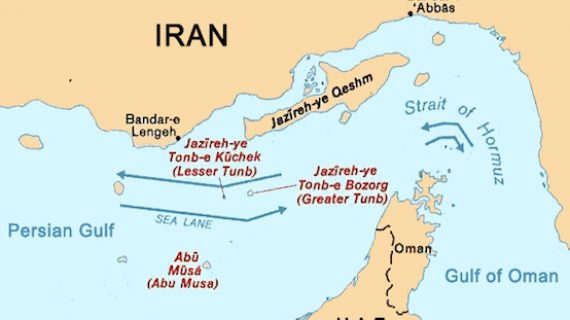New Lease of Life for Iranian Bauxite Project in Guinea
Reported by HPMM Group according to FINANCIAL TRIBUNE ; Iran’s dormant bauxite project in Guinea-Conakry has recently sprung back to life, as companies operating it have announced an international tender for developing the mine and constructing a pipeline.
Mines & Metals Engineering GmbH, an Iranian firm registered in Germany, announced on March 3 that it started the process of prequalification of bidders for the project in cooperation with Societé des Bauxite de Dabola-Tougué–a joint venture between the Iranian Mines and Mining Industries and Development Organization and the Guinean government, with the Iranian side having a 51% stake.
The scope of the project includes engineering design, machinery supply and construction works for the production of 4 million tons of bauxite, including crushing, storing and grinding units, and transferring as slurry through a pipeline about 325 kilometers long from Leguetera Mine 385 kilometers northeast of Conakry City to the city’s port.
Successful bidders will also install slurry dewatering and filtration facilities as well as storing and ship loading systems at the port.
Companies can take part in the engineering, procurement, construction and financing tender individually or as a consortium, according to MME. The deadline has been set at May 10.
MME officials said eight companies from China, Belgium, the United States, Guinea, Turkey and India have so far announced their readiness to participate in the tender, IMIDRO’s public relations reported.
The latest update on the project came back in May 2017, with Guinea’s Minister of Mines and Geology Abdoulaye Magassouba approving a feasibility report on bauxite extraction from the mine prepared by German consultants DMT GmbH. The report was discussed and reviewed during a meeting with IMIDRO chief Mehdi Karbasian in Tehran.
Bauxite and alumina represent the first two links in the value chain on the way to aluminum metal and eventually products. Bauxite is the most common raw material used to produce alumina for aluminum metal production. The white powder, alumina, is produced by the refining of bauxite.
Plans to exploit Guinea’s bauxite mines were stalled for decades amid lack of transportation infrastructure and obstacles caused by economic sanctions against Iran. The landmark 2015 nuclear deal, also known as the Joint Comprehensive Plan of Action lifted the nuclear sanctions and freed Iran to go ahead with the project.
And Iran’s aluminum industry desperately needs bauxite. Its local reserves are not nearly enough to meet the targets set in the 20-Year Vision Plan (2005-25), which is production of 1.5 million tons of aluminum per year.
Flagship producer Iran Alumina Company’s former manager Tooraj Zare’ said in 2017 the company’s explorations have discovered 14 million tons of 35-47% and 4-27% alumina and silicon dioxide-content reserves respectively. They’re located 16,000 meters underground, however, and are yet to be exploited.
In the last fiscal year (March 2017-18), Iran’s aluminum exports stood at 203,124 tons worth $358.4 million, up 49% and 53% year-on-year, according to IMIDRO. Imports, meanwhile, stood at 219,468 tons worth $283.6 million, up 53% and 13% YOY respectively.
According to Amir Sabbagh, an official with the Iranian Mines & Mining Industries Development & Renovation Organization, Iran will become a net exporter of aluminum from 2019.
Iran has a current aluminum nameplate capacity of 457,000 tons/year, of which about 437,000 tons/year are operational.
Iran has an agreement to import 4 million tons/year of bauxite from Guinea until 2040.

